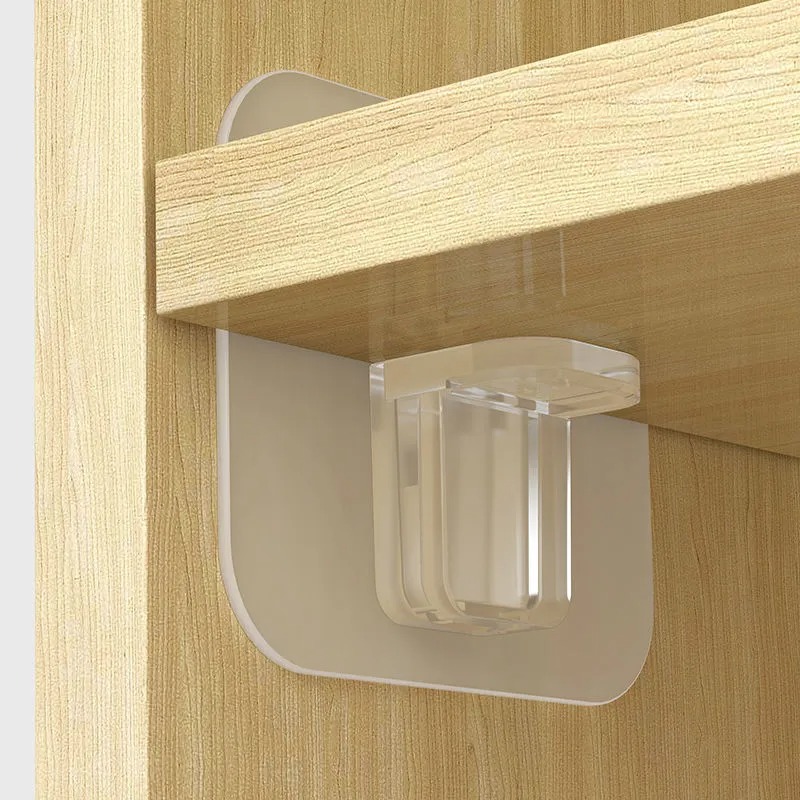Introduction to Kitchen Cabinet Shelf Clips
Kitchen cabinet shelf clips are essential for sturdy storage. These small but mighty tools help keep shelves firmly in place within your cabinets. They allow for the adjustment and customization of shelf height according to your storage needs. Understanding how to handle these clips effectively ensures a well-organized kitchen environment. Throughout this guide, we will explore various types of kitchen cabinet shelf clips and how best to install them. This knowledge will make managing kitchen storage both easier and safer.
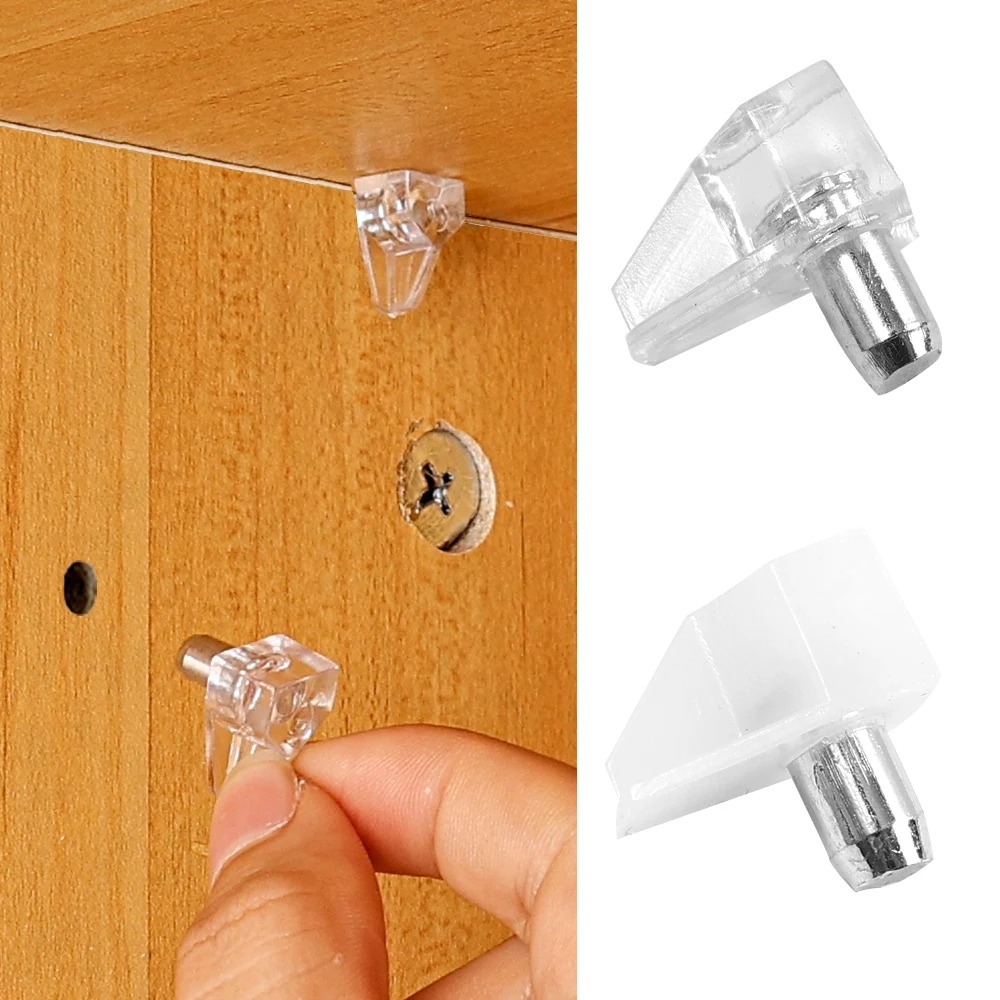
Different Types of Cabinet Shelf Clips
There are several types of kitchen cabinet shelf clips available to cater to different needs and preferences. Understanding these variations can help you choose the right type for your installation projec
- Plastic Clips: These are the most common and are lightweight, making them easy to handle and install. However, they may not hold as much weight as other types.
- Metal Clips: More durable than plastic, metal clips offer increased strength and can support heavier shelves. They’re ideal for kitchens with loaded pantry items or heavy cookware.
- Locking Shelf Clips: Featuring a locking mechanism, these clips ensure a tighter fit and prevent the shelf from moving once installed. This type is excellent for areas susceptible to movement or shaking, like mobile homes.
- Glass Shelf Clips: Specifically designed for holding glass shelves, these clips often have rubber cushions to prevent damage to the glass while still securing it firmly.
Each type of kitchen cabinet shelf clip comes with its own set of advantages and installation requirements. Choose based on the material of your shelves, the weight of items to be stored, and the overall durability needed. For DIY cabinet projects, understanding these options is key to achieving a secure and functional storage setup.
Tools Needed for Installation
Before you start installing your kitchen cabinet shelf clips, gather all necessary tools. Having the right tools will simplify the installation process and prevent damages. Here’s what you’ll typically need:
- Screwdriver: A Phillips or flat-head screwdriver, depending on the screw types that come with your clips.
- Drill: If you’re preparing new holes for the shelf clips, a power drill is crucial. It helps make precise holes effortlessly.
- Measuring Tape: To measure distances between shelves and ensure even placement, a measuring tape is essential.
- Level: This tool is vital to ensure that the shelves you install are perfectly horizontal.
- Marker or Pencil: Use these to mark where you’ll place the clips and drill the holes.
- Hammer: Occasionally, a light hammer might be needed to adjust clips into place gently.
With these tools at your side, you’re set to proceed with installing your kitchen cabinet shelf clips safely and efficiently.
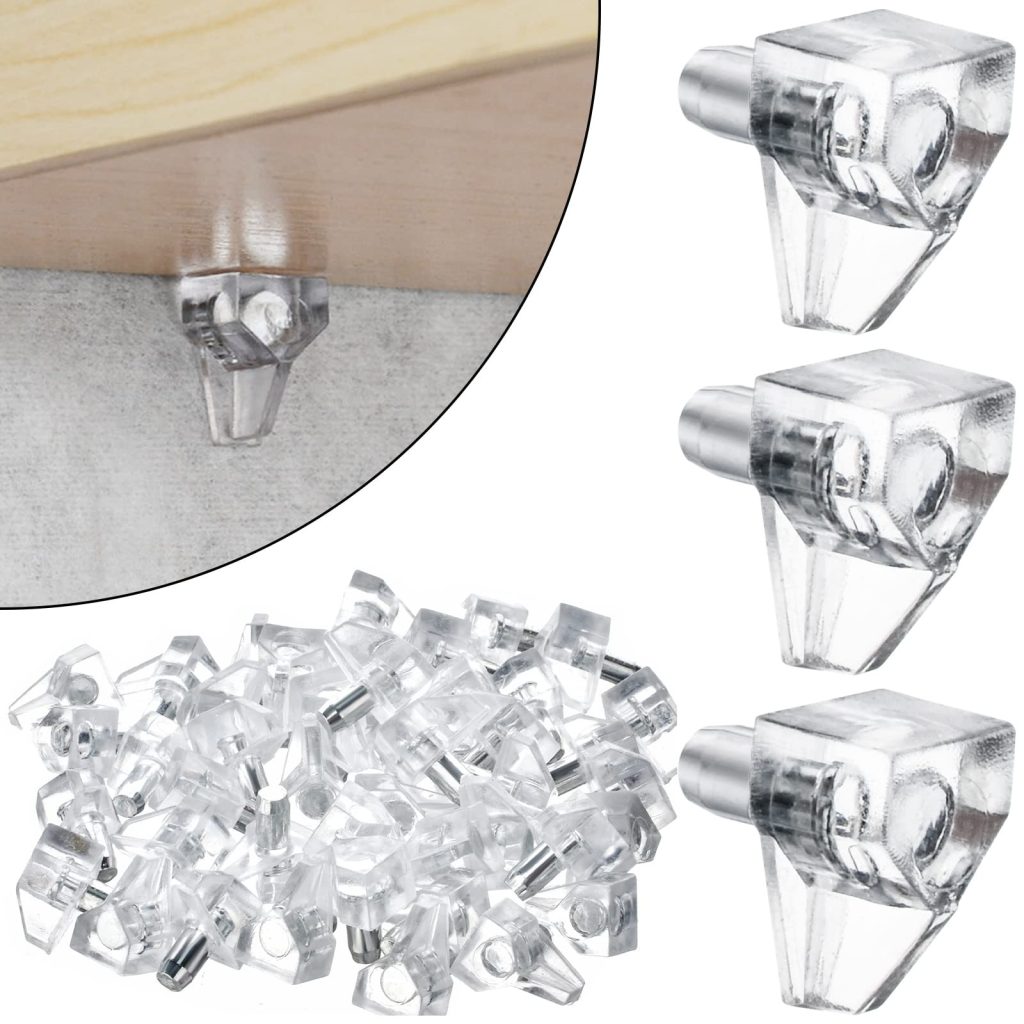
Step-by-Step Guide to Installing Shelf Clips
Installing kitchen cabinet shelf clips correctly is crucial for a sturdy and secure cabinet setup. Follow this simple step-by-step guide to get it right.
- Clear the Cabinet: Start by emptying the cabinet to provide a clear workspace. This makes measuring and marking more accurate.
- Measure the Space: Use your measuring tape to determine the distance between the shelves. Keep your storage needs in mind to optimize space.
- Mark the Positions: With your pencil or marker, indicate where each shelf clip will go. Ensure these marks are level for even shelves.
- Drill Holes (if necessary): If your cabinet doesn’t have pre-drilled holes, use a drill to make new ones at the marked spots.
- Insert the Clips: Align the shelf clips with the holes or slots. Metal and plastic clips typically snap into place. For locking types, engage the lock after inserting.
Following these steps will help you secure your shelves effectively using kitchen cabinet shelf clips. Remember to read the installation instructions that come with your specific type of clips, as some steps may vary slightly.
Tips for Ensuring a Secure Fit
To ensure a secure fit for your kitchen cabinet shelf clips, keep these tips in mind:
- Verify Clip Compatibility: Confirm that the clips match your cabinet’s design and shelf thickness.
- Avoid Overloading: Stay within the recommended weight limit to prevent shelf or clip damage.
- Ensure Even Placement: Place clips at the same height on opposite sides for stability.
- Test Before Use: After installation, press down on the shelf gently to check for movement.
- Follow Instructions: Always refer to the manufacturer’s guide for specific installation details.
- Double-Check Leveling: Recheck with a level after the shelf is loaded to ensure it remains even.
By following these straightforward tips, your shelves will stay firmly in place, providing peace of mind and a well-organized kitchen space.
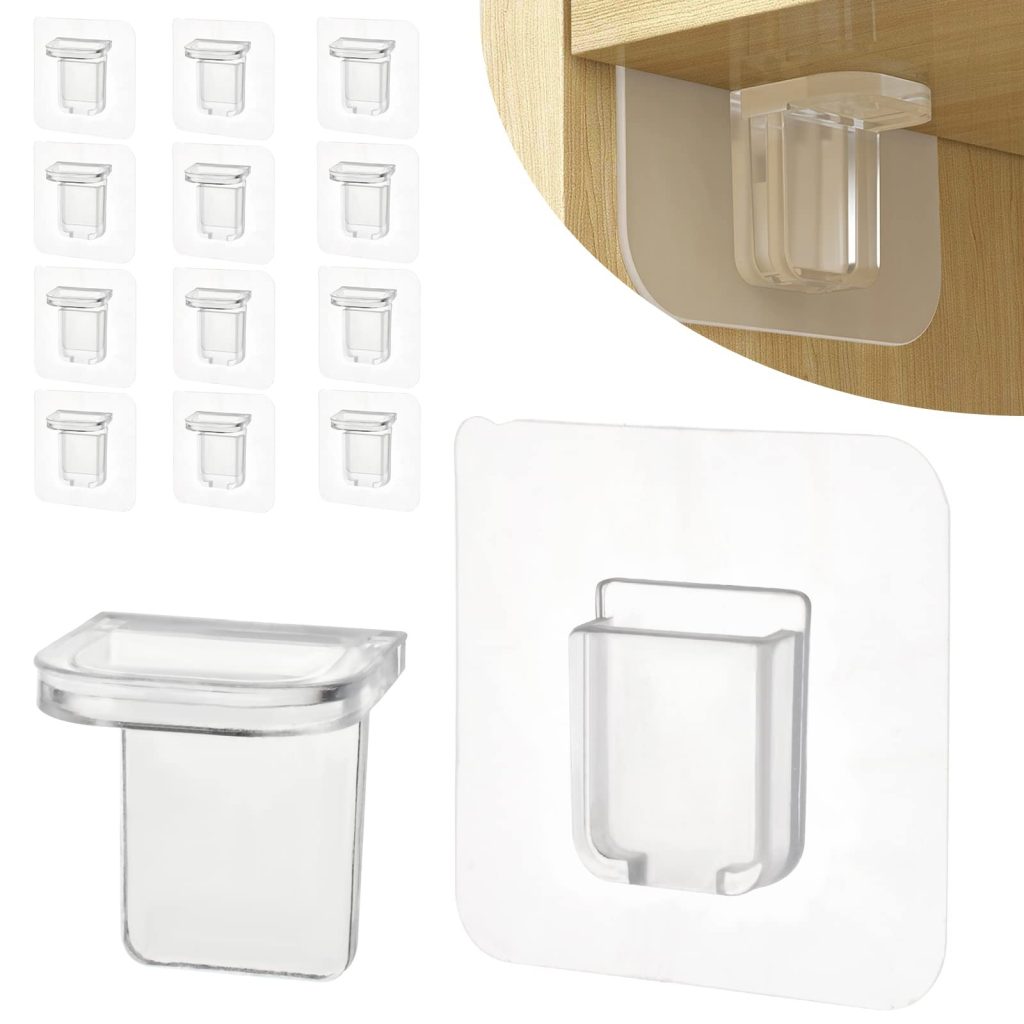
Common Mistakes to Avoid When Fastening Shelf Clips
When securing kitchen cabinet shelf clips, it’s crucial to do it right. Any mistake can cause instability in your shelving, which can lead to damage or accidents. Here are common errors to avoid to ensure a sturdy setup:
- Skipping the Level: Always use a level to confirm shelves are horizontal. Unlevel shelves lead to slipping items.
- Ignoring Weight Limits: Don’t exceed clip weight capacities. Overloading causes clips to fail.
- Forgetting to Measure: Measure distances twice for exact placement. Incorrect spacing means uneven shelves.
- Failing to Check Compatibility: Ensure clips fit cabinet shelving. Wrong clips won’t hold securely.
- Over-Tightening Screws: Screws should be firm, not forced. Over-tightening can strip holes or break clips.
By avoiding these mistakes, you maintain your kitchen’s safety. Remember to handle kitchen cabinet shelf clips with care. This will secure shelves and keep your kitchen organized and safe.
Maintaining and Adjusting Cabinet Shelf Clips
Just like any part of your home, kitchen cabinet shelf clips require regular maintenance. This ensures they continue to hold shelves securely. Here are some tips to help you keep your shelf clips in top shape:
- Check for Wear and Tear: Inspect your shelf clips during cleaning. Look for signs of cracks or bends. Worn clips can fail and should be replaced.
- Clean Regularly: Wipe down clips when you clean your cabinets. Built-up grime can make clips stick or tarnish, especially metal ones.
- Tighten if Needed: Sometimes, clips can loosen over time. Tighten any screws if clips wobble or move.
- Re-adjust for New Items: If you’re storing new items or changing the arrangement, you may need to adjust the shelf height. Carefully remove the shelf and reposition the clips.
Adjusting shelf clips is also a simple process. Here is what to do:
- Empty the Shelf: Remove all items from the shelf before adjusting.
- Remove the Shelf: Lift the shelf carefully out of the clips.
- Move the Clips: Adjust the clips to the new desired height, ensuring they are level and secure.
- Replace the Shelf: Put the shelf back onto the clips. Make sure it sits evenly.
- Test Stability: Finally, test the shelf for stability by applying gentle pressure. Make adjustments if necessary.
By maintaining and adjusting your kitchen cabinet shelf clips as needed, you can ensure that your cabinets stay functional and organized.
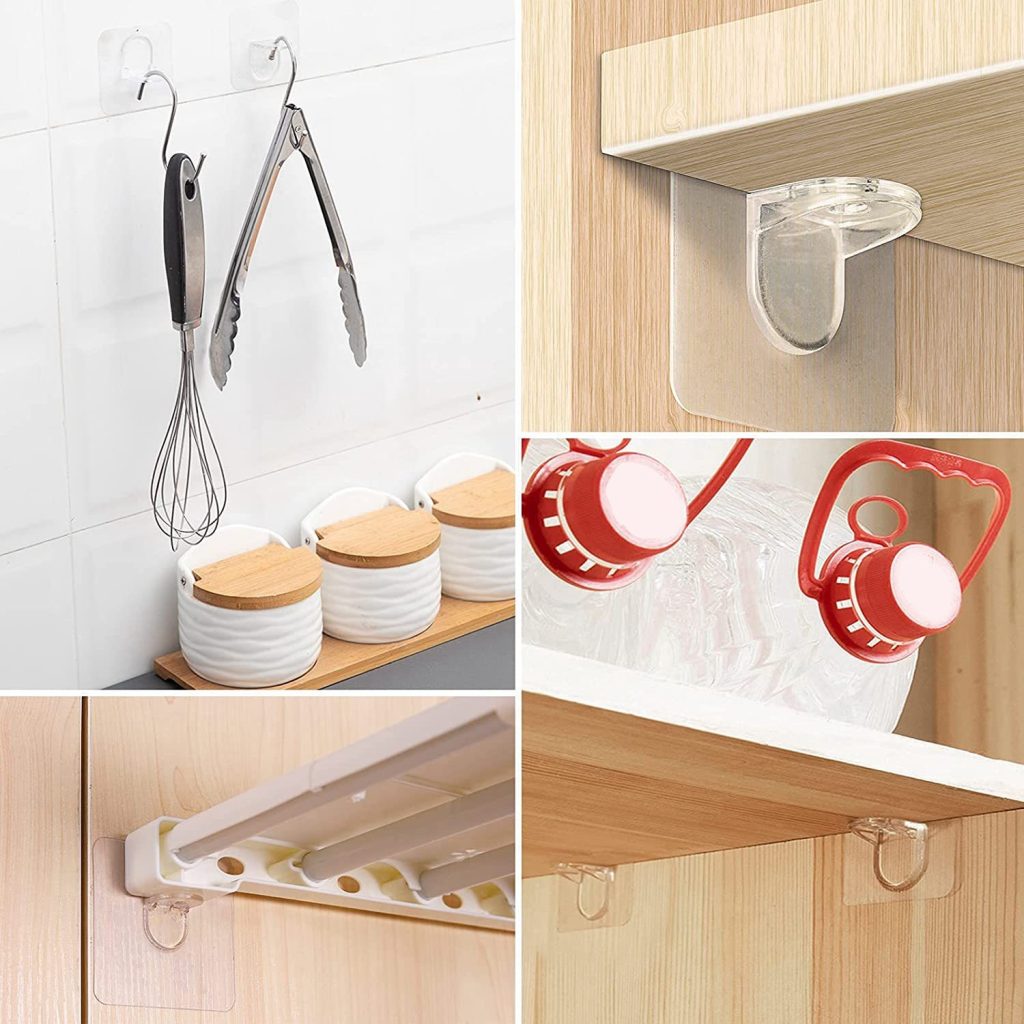
When to Replace Kitchen Cabinet Shelf Clips
Knowing when to replace kitchen cabinet shelf clips is key to maintaining a safe kitchen. Look out for these signs that it’s time for a change:
- Visible Damage: If clips are cracked, bent, or show excessive wear, they need replacing.
- Shelves Slipping: When shelves start to slip or don’t sit flush, the clips may be failing.
- Difficulty Adjusting: Struggling to move or adjust clips can mean they’re worn out.
- Rust or Corrosion: For metal clips, any signs of rust or corrosion mean it’s replacement time.
- After a Significant Load Change: If you’ve recently changed what’s stored on the shelves to much heavier items, the added weight may call for more durable clips.
Regular inspections can help you spot these issues early. By responding quickly and replacing faulty kitchen cabinet shelf clips, you prevent more serious problems. An organized, safe, and functional kitchen should always be the goal, and well-maintained shelf clips are an important part of that.
